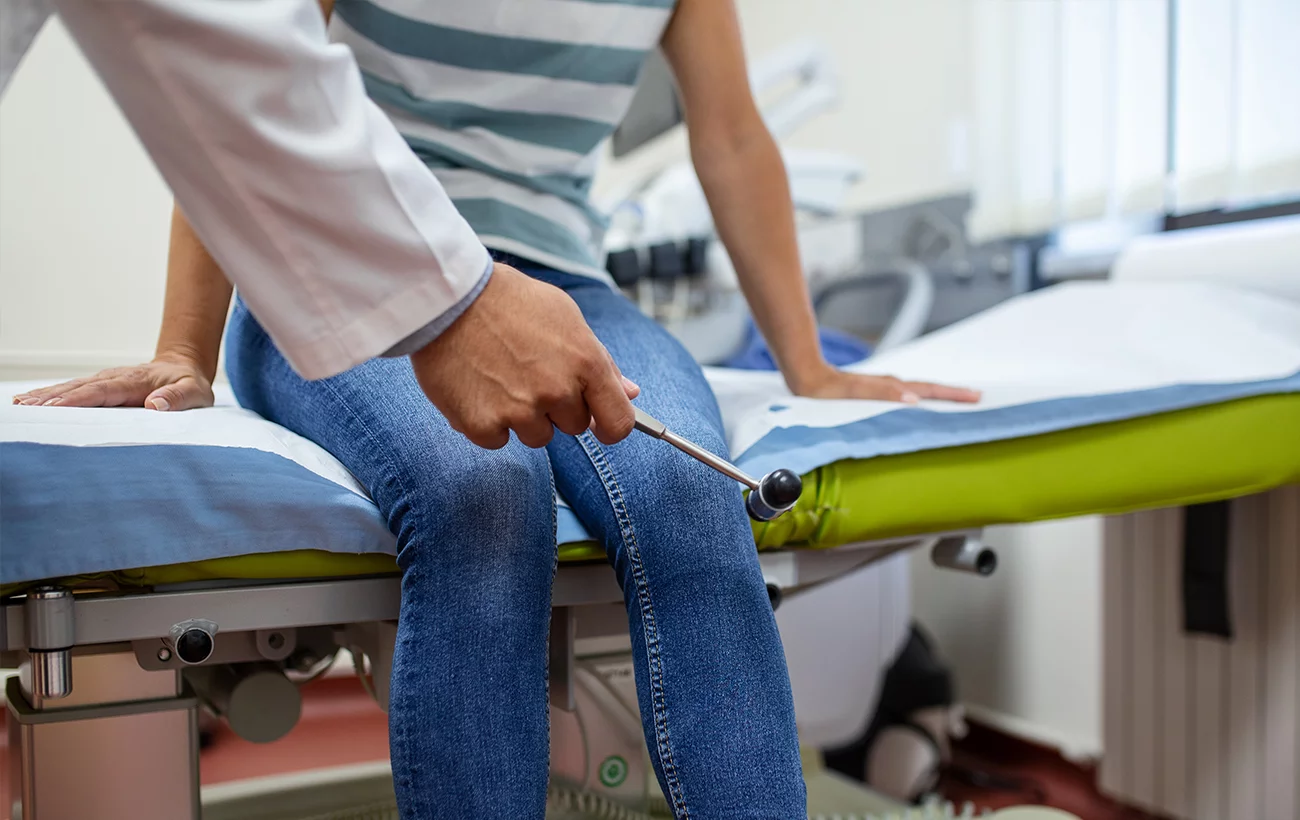Types of Pain and Treatments for Cerebral Palsy | Missionwalk
 |
| Cerebral Palsy Physiotherapy Center - Missionwalk |
Not everyone knows that people with cerebral palsy experience pain due to secondary complications or motor disorders. When abnormal muscle tones shorten the muscles, misalign the joints, or deform the bones, pain occurs as a result.
It’s regrettable that pain is often neglected and not given sufficient treatment. As a result, the patient with cerebral palsy’s appetite, sleep, and behaviour are negatively affected.
Every patient’s cerebral palsy case is different, and everyone will have unique experiences in feeling pain. There are three main types of CP-associated pain, and they are as follows.
* Musculoskeletal pain. Often described as achy, this is the most common type of pain felt by children and adults with cerebral palsy. Usually, the musculoskeletal pain is felt in the limbs, back, and neck of the patient; and is caused by -
- Prolonged stress on the muscles, bones, and joints
- Scoliosis, or sideways curving of the spine
- Spasticity, or abnormally high muscle tone
- Dystonia, or uncontrollable muscle activity
- Hip dislocation
- Gastrointestinal pain. This pain is experienced when there are complications in the digestive tract.
Impaired mobility can negatively affect activity, metabolism, and the person’s control over the bowel and bladder muscles. Gastrointestinal pain is felt along the abdominal muscles, and the patient experiences cramps, aches, or heartburns.
* Procedural pain or surgical pain. This type of pain is felt after an invasive procedure.
This is only temporary and should go away after the body has adjusted.
Children with cerebral palsy also experience pain. Some of them can communicate what they feel to their family, but others with severe motor impairments may not be able to tell them that they are in pain. Because of this, parents and caretakers should look with particular attention to their child’s expression of pain, such as:
* crying * strained facial expression * reduced activity * moaning * irritability * lack of cooperation * poor sleep * stiffness * fidgety movements
As determined by the cause of pain, persons with cerebral palsy may be given a variety of treatment interventions. A combination of multiple treatments is used for pain management. A treatment that works for one person may not be suitable for the other, so it is necessary to have an individualised approach to pain management.
Some treatments for cerebral palsy pains are:
1. Exercises and cerebral palsy physiotherapy
Physiotherapy and cerebral palsy rehabilitation can be of invaluable help to patients who are feeling musculoskeletal pain.
Exercising will expand their range of motion, strengthen their muscles and improve their flexibility. This can also improve their blood circulation and regulate the brain’s neurotransmitter level. This, in turn, can change the patient’s perception of pain.
The physiotherapist can also offer the patient and their family tips and tricks to help make movements and postures more natural, leading to less pain.
2. Medications
These are some medicines that doctors may prescribe to reduce the pain of the CP patient.
* Anti-convulsants — they reduce pain sensations by calming the nerves
* Antidepressants — change the neurotransmitter levels in the brain to reduce pain perception.
* Opioids — inhibit the pain signals. It is addictive, so it should be used only short term.
* Non-steroidal — anti-inflammatory drugs (ibuprofen and aspirin) — help reduce inflammation to make muscle and joint pains less severe.
* Anticholinergics — prevents involuntary movement of muscles in the gastrointestinal tract.
* Botox — treats spasticity
3. Surgery
Generally, doctors only recommend non-invasive methods of treatment, such as medications and physiotherapy. However, surgery will be performed if the pain is severe to provide long-lasting relief.
Surgical interventions can provide the benefits of improved motor function, corrected deformity, and decreased spasticity.
Managing cerebral palsy-related pain will test one’s ability and determination to succeed. Effective management, done through exercises, medicine, or surgery, will help ensure your child’s quality of life is not reduced. Do not pause before seeking help through medical professionals such as doctors, physiotherapists, and support groups.
Contact Mission Walk Physiotherapy and Rehabilitation Centre in Hyderabad if you desire more information about cerebral palsy and pain. We can also provide you with more info about cerebral palsy rehabilitation. You can clear all your doubts before you avail of our treatment.


Comments
Post a Comment